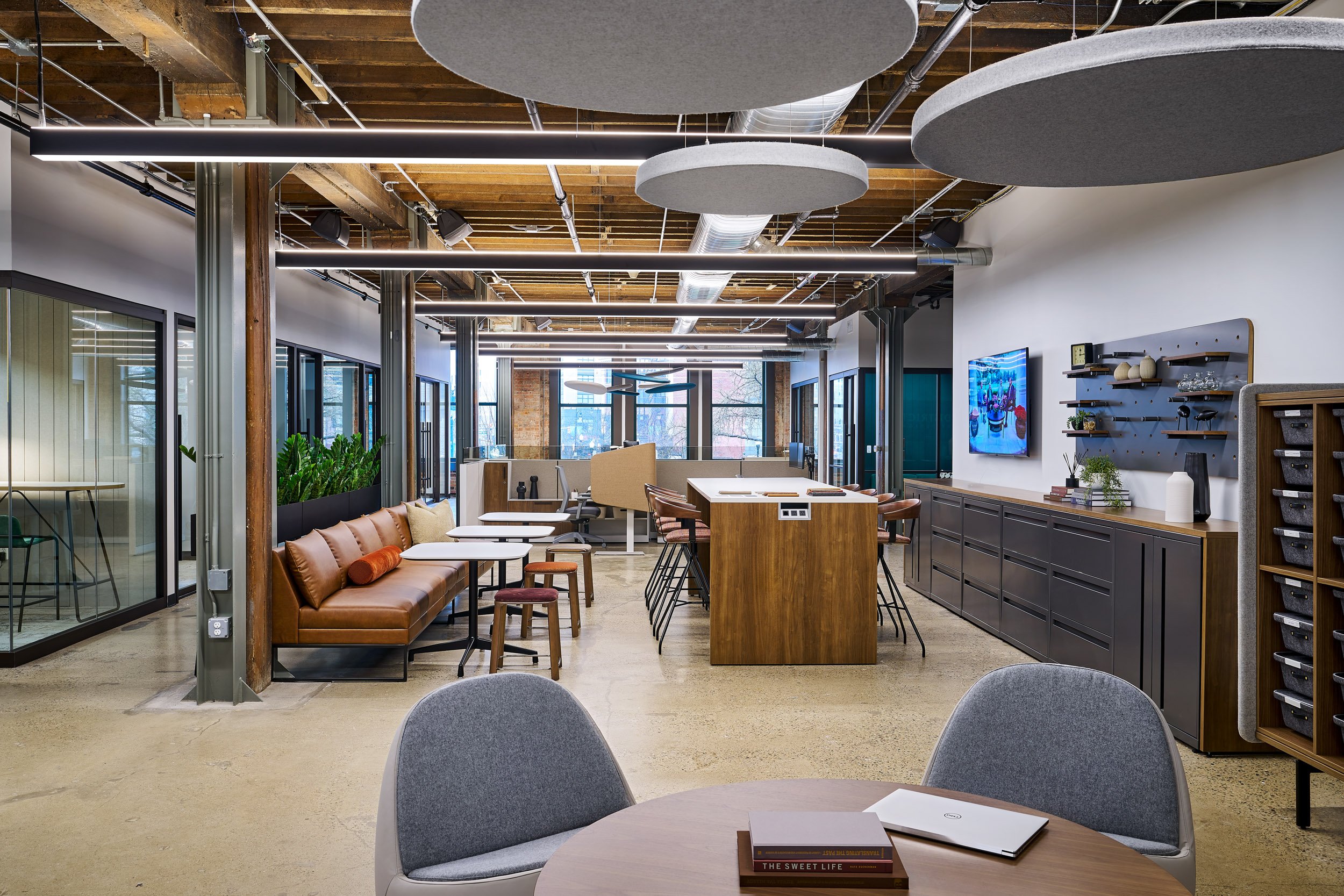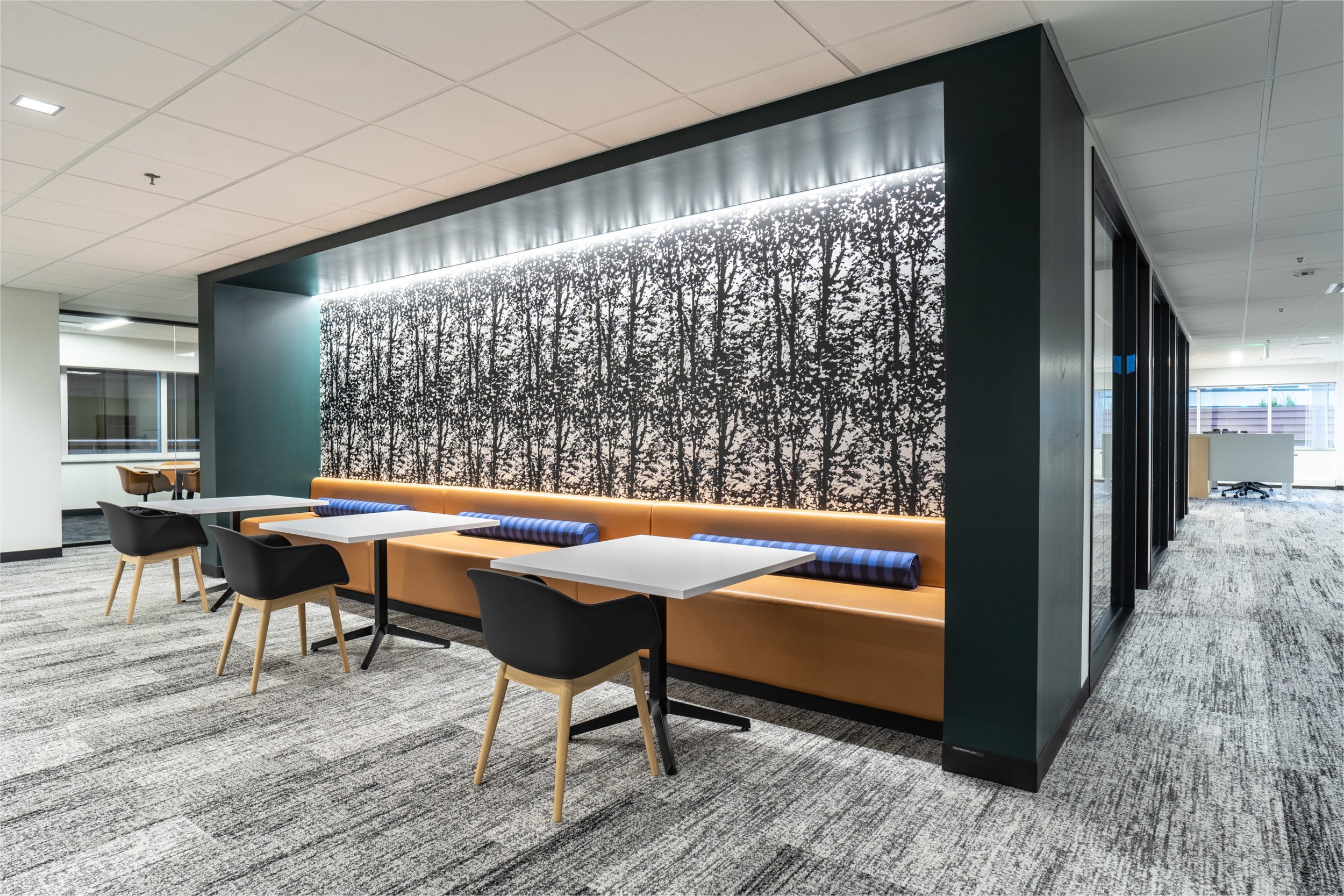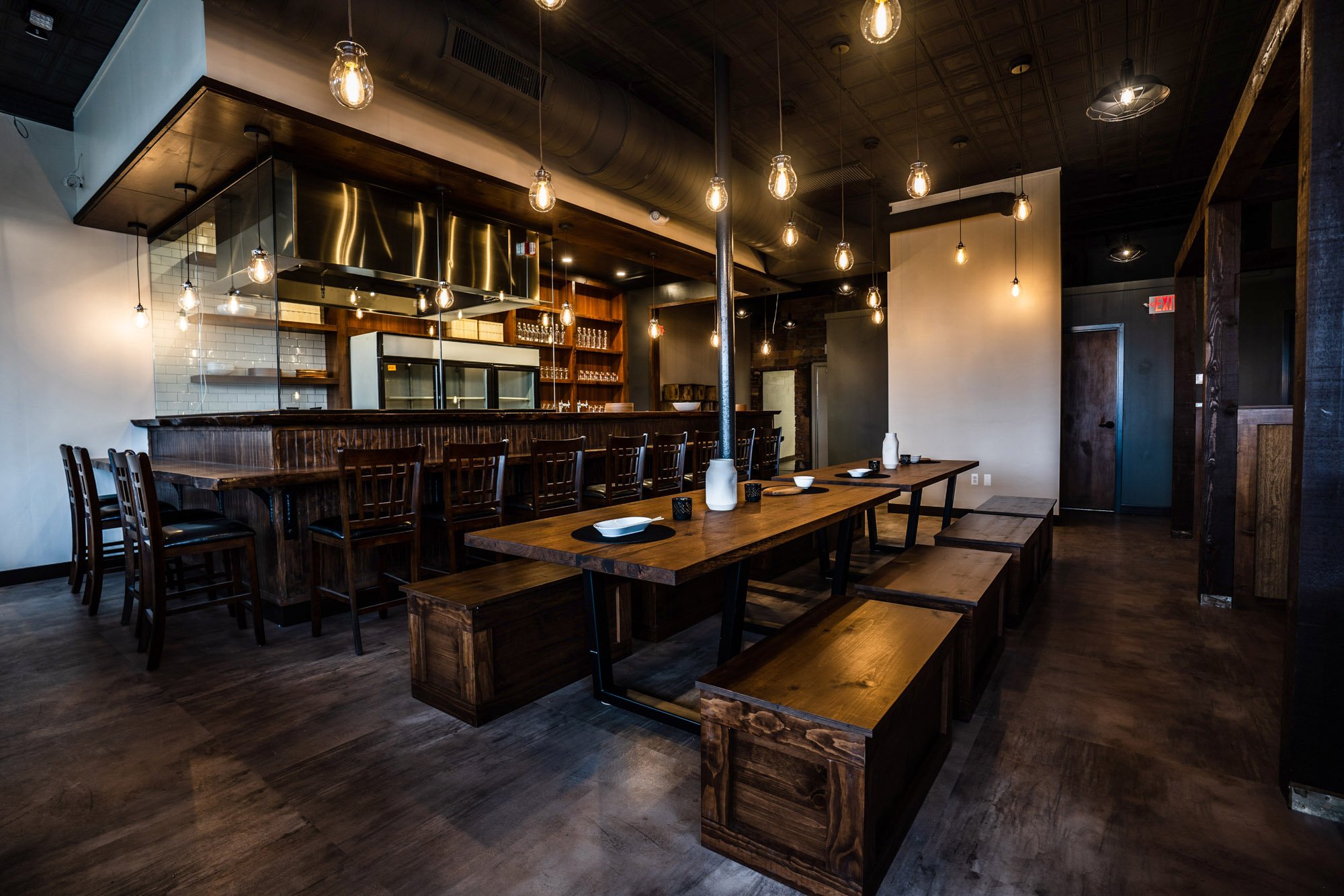
Premier Construction & Design has delivered excellent results since 1987. Premier has achieved these results across a wide variety of projects by utilizing the latest design and construction techniques, as well as a vast supplier and vendor network, and an experienced design and construction team.
CONTACT US
34975 West 12 Mile Road
Farmington Hills, MI 48331
Phone: 248.324.5000





















